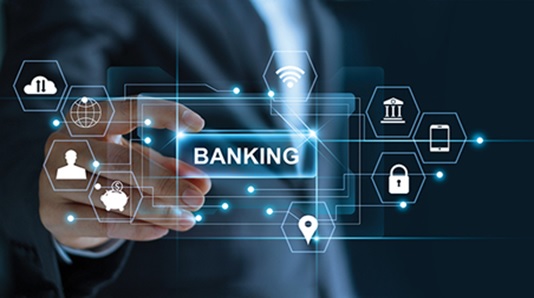Banks deal with vast amount of data that can be used to make wise and timely decisions in banks. Though banks have the advantage of accessing variety of data, the challenge lies in analysing and interpreting the data. The domain of analytics paves way for banks to critically identify hidden patterns of data and draws meaningful inferences.

In order to be more agile and more prudent, managers at banks are heavily getting depended on data that is drawn from various transactions and data sources such as social media. Traditional banking system focused heavily on just serving customers only when the request came in, whereas, the modern-day banking system has gone ahead in ensuring that banking services are facilitated considering the needs and demands of customers. Rendering customized banking services is the need of the hour and this can be better achieved if decision making is aided by analytics. It is getting proved that analytics is helping banks to explore newer revenue models as banks focus is shifted not just to sell banking products, but also ensuring personalized cross selling of the bank products.
The biggest advantage of applying analytics into data is it helps banks to profile the customers based on certain parameters and therefore personalized banking services can be delivered. Few crucial data relating to spending patterns, channel usage, frequency of transactions, nature of transactions, bank interactions, credit information and social media activities of customers can be used to produce meaningful insights so that revenue streams can be expanded.
Banks are slowly experiencing that physical visit at branch is shifting towards online platforms. Banks have started to focus on corporate social media channels to explore and carve out business opportunities and therefore strategies can be framed to encash these opportunities. Humanizing banks on social media channels could be an ideal strategy for banks to convert leads into profitable business opportunities.

# Customer acquisition:
Potential customers are present on social media channels and are researching extensively on various investment options that are available with various banks. This is being encashed by retail banks by matching products with the customers need. Increasing the visibility about various bank offerings on social media channels is the most appropriate strategy before any banks. Getting new customers and offering cross products to existing customers are the ways ahead to increase the revenue streams for any banks. Data analytics is the key to achieve this by properly analyzing customers data and thereby tailoring with personalized offerings.
# Risk management:
Banks are always exposed to variety of risks such as systematic and unsystematic risks. Banks are using analytics to monitor spending patterns of customers and detecting unusual behaviour to prevent bank frauds. Various analytics tools are being used to detect and prevent such fraudulent activities, otherwise it could have caused huge financial losses to both bank and customer.
Conclusion: Though banks are relying on adopting analytics for better decision making, challenges such as data management, data privacy, regulation, cost-benefits are still present. Effective data management eco-system should be created at banks to reap the benefits of analytics. Banks are using analytics to harness its power and newer revenue streams are being explored.
Prof. Yuvaraj Halage
Assistant Professor
DSCE-MBA
